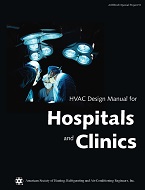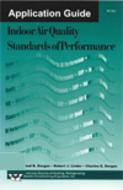This paper presents experimental and simulated response characteristics for a PI-controlled mixing valve. Simulated response characteristics for an air heating system (coil and throttling valve) to control the coil leaving air temperature are also presented. The two systems do not possess storage and are therefore first-order systems. These response characteristics indicate that responses of first-order systems may deviate less from their target responses when long sampling intervals are used than when short sampling intervals are used. Simulated response characteristics for a space heating system (coil, throttling valve, and space) to control the space (coil entering) air temperature are also presented. This system possesses thermal storage and is therefore a second-order system. The response characteristics indicate that for the space heating system the magnitude of the sampling interval has no noticeable effect on the deviation of the responses from the target responses. The systems were tuned to specified target responses using equations to determine the proportional and integral (PI) coefficients that implicitly require a complete response of the controlled variable to a change in the control signal. It is concluded, therefore, that long sampling intervals may yield more satisfactory response characteristic, than short sampling intervals if the system is tuned appropriately. Appropriate tuning implies using PI coefficients based on (nonconventional) theory developed specifically for long sampling intervals. A long sampling interval implies a complete response of the controlled variable to a change in the control signal.
Units: SI
Citation: ASHRAE Transactions, 1998, Vol. 104, Part 2, Toronto, ON
Product Details
- Published:
- 1998
- Number of Pages:
- 11
- File Size:
- 1 file , 200 KB
- Product Code(s):
- D-7671


